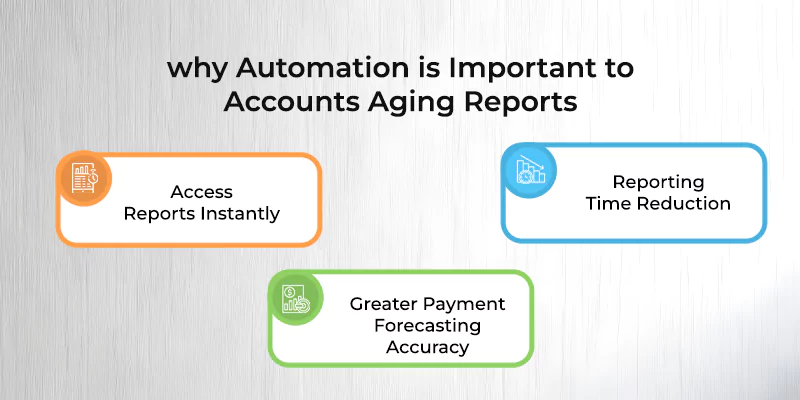As assessment and diagnostic tools, it is hard to overemphasize the significance of your healthcare practice’s accounts receivable reconciliation, otherwise called accounts receivable (AR) aging reports.

What are Accounts Receivable Aging Reports?
Accounts receivable aging reports will assist you develop a strategy for getting them to pay on time, like automated email reminders.
Divide them into categories, similar to 30 to 60 days, 60 to 90 days, 90 to 120 days, and so forth, to decide account misconducts by age. This assists you with keeping steady over your old and significant cases before they leave ideal recording, further develops the practice’s cash flow, and enhances short-term forecasting for collections.
Reasons Accounts Receivable Aging Reports are so Important

Why Automation is Important to Accounts Receivable Aging Reporting

Stay on Top of Accounts Receivable with MHRCM Technology
What Is The Accounts Receivable Aging Report?
An accounts receivable aging report is an accounting document that gives the business an overview of its outstanding payments from customers and how long they are past due. Most businesses have accounts receivable in their accounting ledger.
How Do You Record Aging Accounts Receivable?
Creating an Accounts Receivable Aging Report involves several key steps. First, gather all outstanding invoices from your accounting system and organize them by customer. Next, define aging categories, such as 0-30 days, 31-60 days, 61-90 days, and over 90 days.
How to prepare an ageing report?
- Time frame: View data for the month, quarter, or year.
- Invoice date vs due date: Generate reports based on custom criteria.
- Due date intervals: Categorize unpaid invoices into custom buckets.
- Multiple currencies: Group customers based on currency.
About the Author





